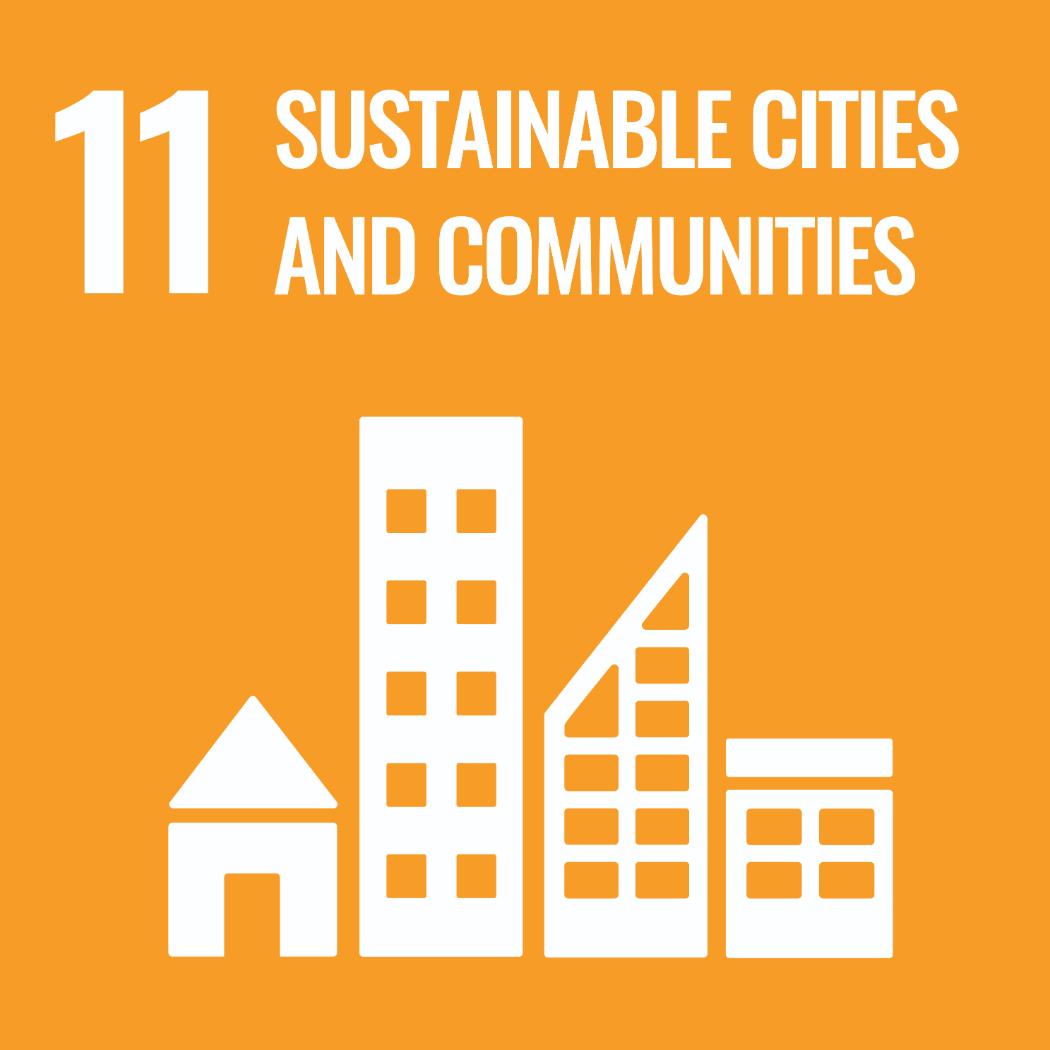“By re-focusing on the percent of unlit infrastructure, combined with the world settlement footprint, we found that 19% of the total settlement footprint had no detectable artificial radiance associated with it, with Africa and Asia comprising the majority of this area. We also found that our method allows us to use the percentage of unlit areas to estimate the corresponding economic wellbeing with an average accuracy of 86%.
“This approach can also be used to monitor the progress on the United Nations Sustainable Development Goals, which specifically include access to affordable, reliable, sustainable and modern energy for all.”
The research stems from Professor Moltchanova’s long-standing collaboration with the team led by Ian McCallum from the International Institute for Applied Systems Analysis in Laxenburg, Austria. Their research uses global earth observation systems to tackle large scale problems of global importance. In the past this has incuded using aerial observation data to model forest fires and determine best response strategies, and modelling deforestation and land use change.
Professor Moltchanova says electrification holds great promise for increasing wellbeing, via off-grid power generation or grid electrification with significant positive impacts on household income, expenditure, health and education.
“Many poorer areas do not have access to any electricity at all, which means, among other things, using peat, wood or coal to cook and to heat houses, leading to multiple health issues. It means not having access to computers and phones which we take for granted and not having access to medical equipment, which again, requires electricity. So, for the poorer areas, it is important to electrify.
“The long-term goal is to apply these methods to data collected at reasonable time intervals, such as a yearly time series, to identify trends which could help to specifically target rural settlements in developing countries in need of electrification.”
The research, Estimating global economic well-being with unlit settlements was recently published in Nature Communications.




%20resized.JPG)


.jpg)



